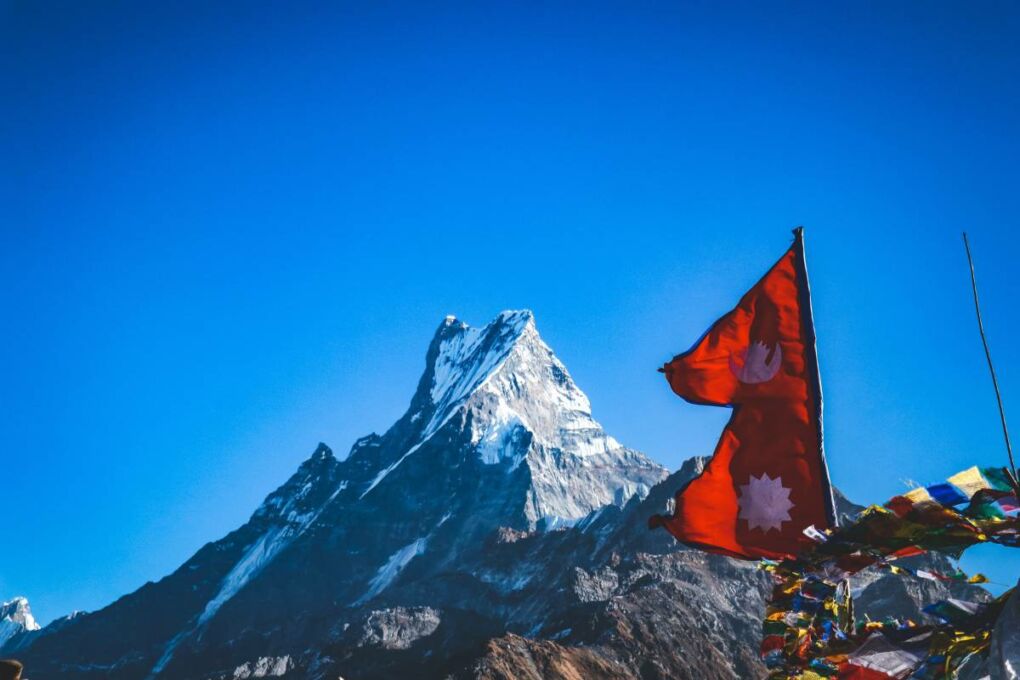Nepal is a landlocked country in South Asia. This almost untouched landscape is home to various cultures, colors, and beautiful sights. Situated in the foothills of the majestic Himalayas, Nepal boasts a scratch for every itch.
While best known for its proximity to the legendary Mount Everest, there are many reasons to visit Nepal. The hospitality of its people, the delicious cuisine, the epic landscape, the intriguing history, and the gorgeous melting pot of cultures and traditions will draw you in and have you coming back again and again.
When visiting any country, it is normal for you to have questions about the destination you are planning on visiting. Nepal is no different. It is wise to want information about safety, possible problems, or things to be concerned about. This article will put that information at your fingertips so you can easily plan your trip.
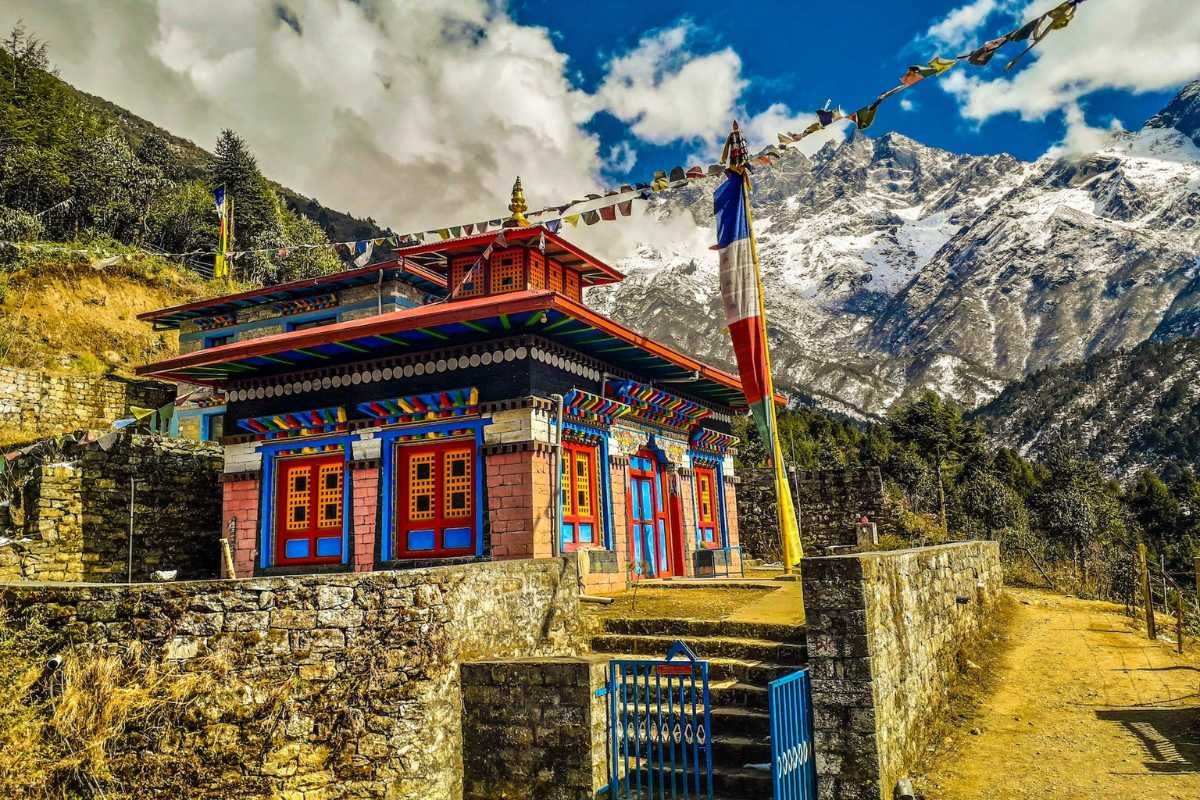
Why Visit Nepal
Aside from the famous Mount Everest, Nepal is home to eight of the ten highest mountains in the world. The snowy peaks offer gorgeous opportunities to trek or mountaineer. If the mountains seem intimidating, there is also excellent white water rafting, elephant polo, or microlight aircraft.
Lumbini is the birthplace of Gautama Buddha which sits alongside the UNESCO World Heritage Site of Kathmandu. You can immerse yourself in culture and history, visit temples in the valley, or join in on one of the religious festivals.
Nature lovers will find themselves spoilt for choice. The 15 national and wildlife parks countrywide allow you to see endangered animals like the Asiatic Rhinoceros, Royal Bengal Tiger, snow leopards, and red pandas. There is also a plethora of indigenous flora.
Even though the 2015 earthquake has damaged specific sites, Nepal is still worth visiting.

Is Nepal Dangerous?
Nepal has a low crime rate overall. Of course, crime does exist like any other country in the world. Theft, scams, and assaults do occur in Nepal. These can be prevented with good planning and vigilance. There are reports of kidnappings and the threat of human trafficking in recent years. But these are not generally directed at tourists or commonplace all over the country.
There are dangers more closely associated with natural disasters and weather. Nepal’s diverse geography also has pitfalls. The monsoon season brings about related issues like flooding and landslides. It is also an earthquake risk, with tremors occurring reasonably frequently. In the mountainous region, avalanches and rockslides are a concern.
Another problem that arises is in the form of transport. While main highways and bridges are primarily operational, reconstruction efforts after the earthquakes, weather, and poorly maintained and overcrowded public transport pose further risks.
Dangerous Areas in Nepal
Kathmandu

As Nepal’s capital, Kathmandu is the main entry point into the country. As such, it’s a center for economic activity and has many people passing through the city. It also has a lot of tourist traffic.
It is rated as having the highest crime rate in the country, being prone to cases of theft, scams, assault, and harassment of women, among other crimes. Kupondole, Sanepa, and Thamel have been reported to have frequent pickpocketing and bag snatching cases.
The King’s Gate is also notorious for its dangerous reputation. This being said, it is still considered relatively safe during daylight hours, and tourists are advised to be more cautious at night and to avoid carrying valuable items like passports and jewelry.
Sunsari
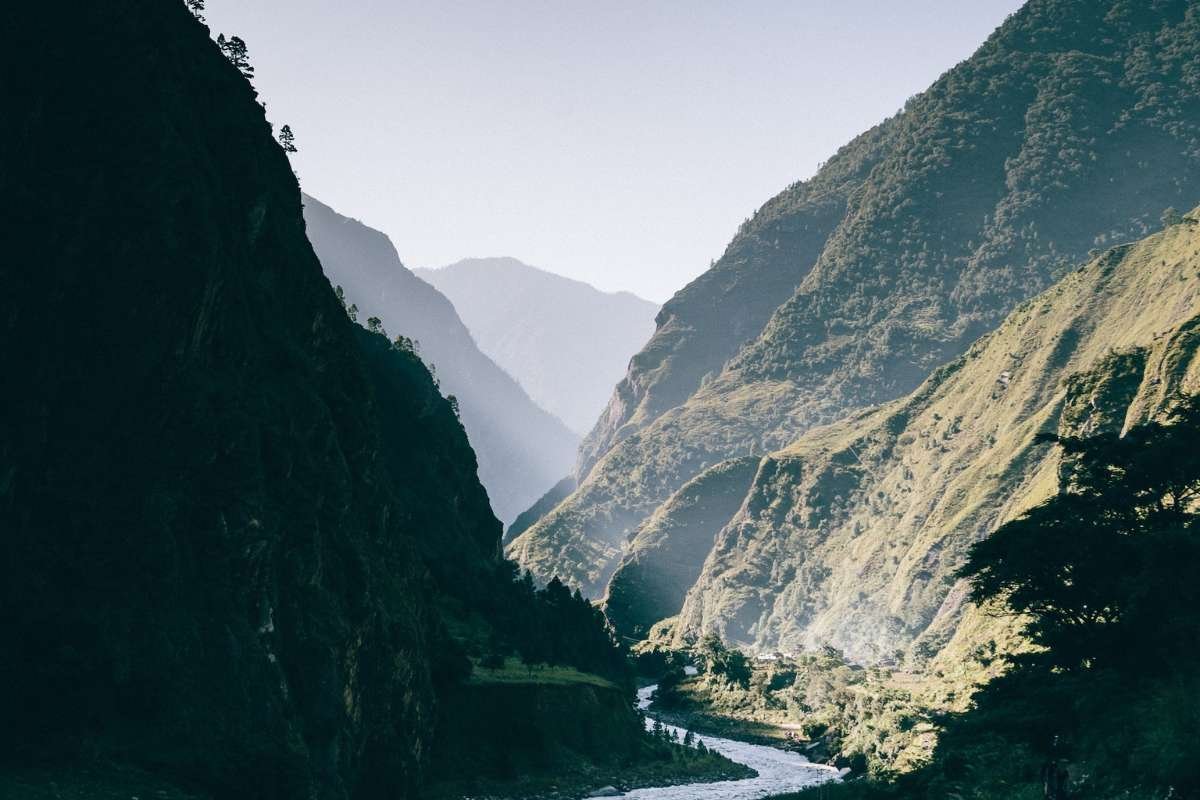
Sunsari is in the Terai region. It also borders India and experiences a lot of trade and exchange on the border.
It is reported to have the second highest crime rate in the country due to a surge in violent crime and kidnappings in recent years, according to police reports. The region is also prone to flooding during monsoon season in low-lying areas.
Is it Safe to Live in Nepal?
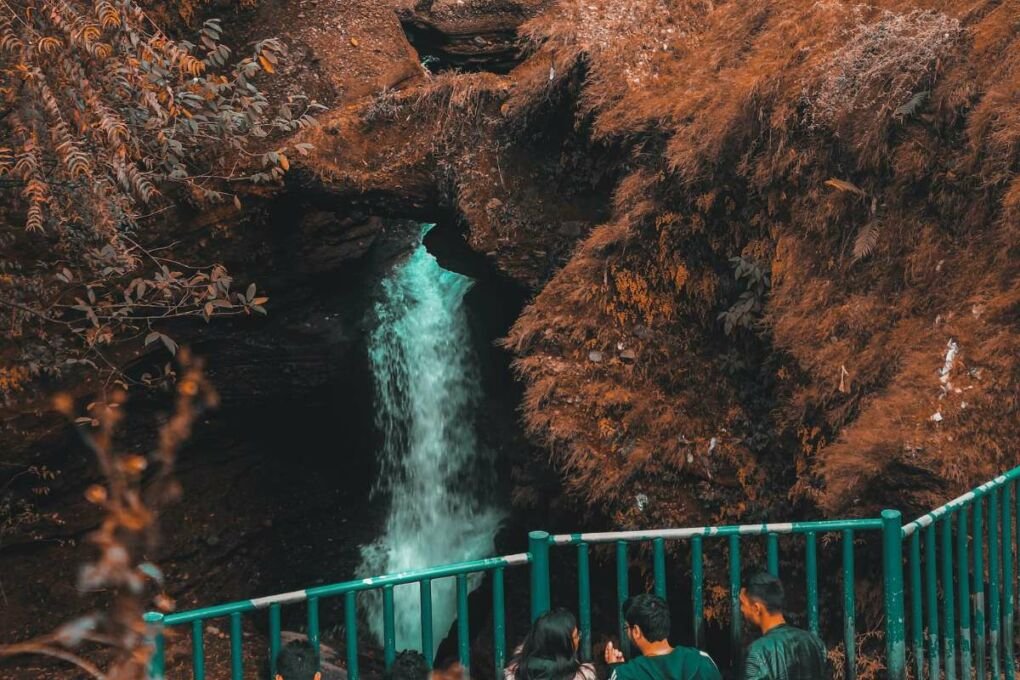
Nepal is rated as one of the top 100 safest countries in the world. It also has an excellent societal safety and security score. There is no direct threat to foreigners. Many tourists have applauded the sense of community they get from the people, mentioning the overall hospitality, helpfulness, and friendliness of the locals they live amongst.
There are expats living all over Nepal today due to the low cost of living and many experiences to be had there. Issues may arise in power cuts, or public transport problems. Modern facilities are harder to come by in some areas, but overall, it is considered a safe country.
Safe Areas/Cities in Nepal
Pokhara
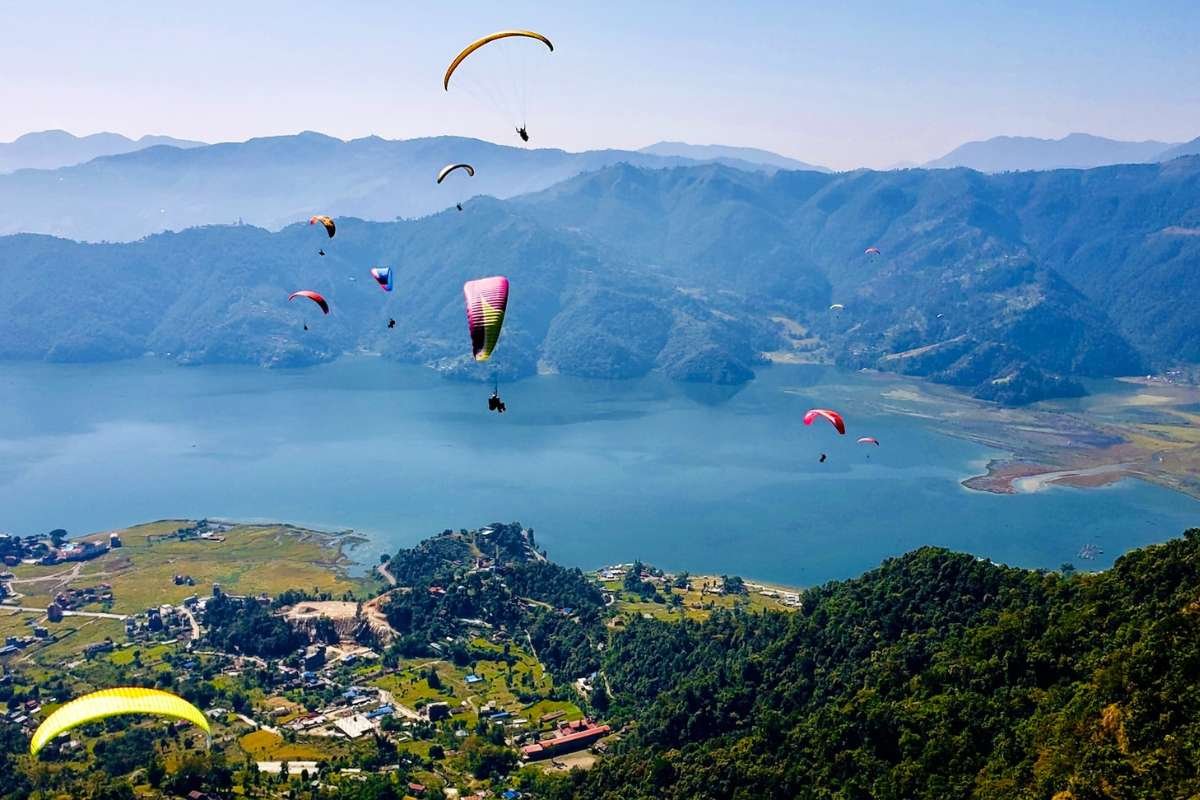
Pokhara is a beautiful city in the central region of Nepal and is situated near the Annapurna mountain range. It is the second largest city in the country and is best known for its stunning mountain views, pleasant climate, and natural beauty.
There are a myriad of fun activities to engage in in Pokhara. Aside from the mountains, it offers rafting, temples, and monuments. See the scenic Devi’s Falls or Phewa Tal to unwind and relax. Explore the markets and bazaars or take a short trip to old Pokhara to experience the rustic origins of the city.
Despite its popularity, Pokhara has a good standard of living and is safer than Kathmandu.
Bhaktapur

Bhaktapur is the smallest city in Nepal. It is in the eastern part of the Kathmandu Valley. This ancient city is known for being the cultural gem of the country and is considered among the best preserved.
Bhaktapur is home to the iconic Durbar Square, and the Golden Gate is a must-see. Visit the Nyatapola temple, which is the tallest temple in Nepal. Sample the local delicacy Juju Dhau, also known as King Curd. You’ll find it in the Pottery Square, where it is served in rustic mud bowls.
It is a safe city with relatively low crime rates and a lower incidence of natural disasters than other areas of Nepal.
Janakpur
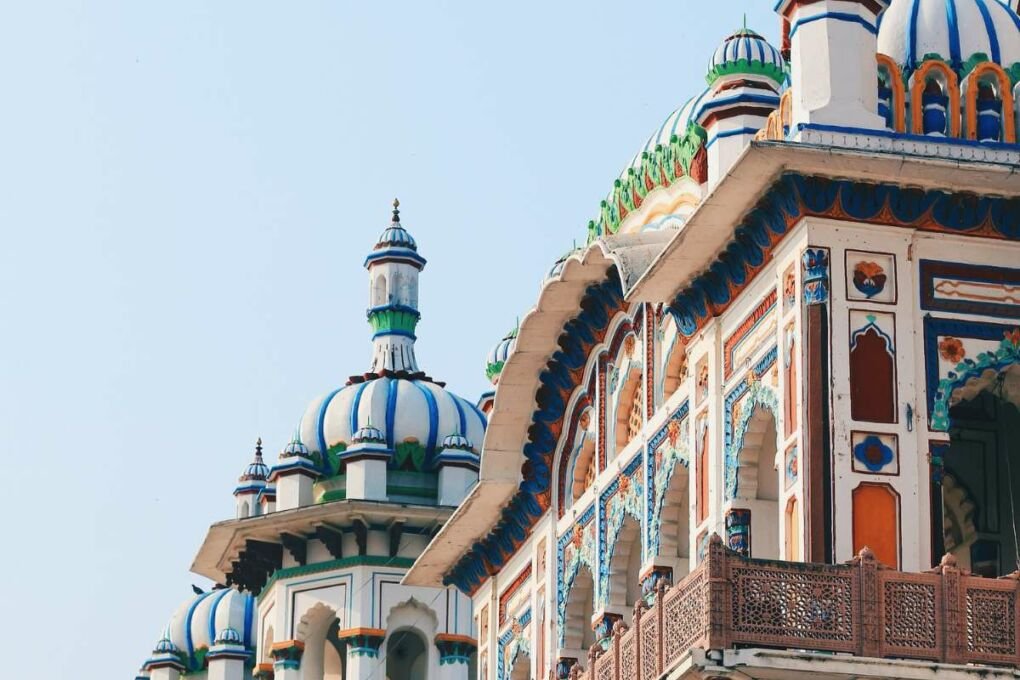
Janakpur is known as the city of ponds. Situated in the Madhesh province in south central Nepal, this city is home to over seventy ponds and is believed to be the birthplace of the goddess Sita. It is an important religious site for Hindus, seeing hundreds of thousands of visitors annually for various rites and festivals.
Visit the Janaki temple and marvel at its Mughal-style architecture and unique artistry. Take in the beautiful ponds or join the festivals and fairs at auspicious times.
Due to its religious significance, it is considered a peaceful city. It also has numerous safety protocols and security measures. These indicate the safety of this picturesque historic city.
Warnings & Dangers in Nepal
There is currently no political unrest in Nepal, but there are still demonstrations, strikes, and protests. These should be avoided, as well as filming or photographing government buildings or property without permission. There is also potential for natural disasters as well as petty crime.
If you plan to drive, you should also know the requirements and road and weather conditions. There is no real risk for significant crime in Nepal; however, it is advised to be mindful of your surroundings. Take the same precautions as you would in any other country, and keep abreast of weather advisories.

Overall Travel Risk (3/10)
As with any country, there are risks involved when traveling to Nepal. However, these are minimal and easy to avoid or be prepared for.
Pickpocketing and bag snatching
Most areas have a low to moderate risk for pickpockets or bag snatchers. Tourist areas do have a higher risk, especially during peak season. A common method is bag snatchers who grab from a passing motorbike. However, the risk is manageable mainly with a few adjustments to keep your belongings safe.
Keep valuables concealed or locked away, pockets and bags closed and secured to your body and away from roads. Also, being aware of what is happening around you should keep you reasonably safe from this problem.
Scams
There have been incidents of shady guides setting trekkers up to spend more or require rescue to get a cut of the fees. Accommodation and activity guide fees are also sometimes dishonestly inflated or have hidden costs after the fact.
Scams like these are commonplace in many countries but are not an out of hand problem in Nepal. Prior planning and vigilance should spare you this worry and difficulty.
Earthquakes and tremors
The tragic earthquake in 2015 caused much damage that is still being repaired. Tremors are relatively common and range from mild to moderate in severity. These can, in turn, cause other problems like landslides, road, and infrastructure damage or closure, fallen trees, structural damage, or power loss.
In the mountain areas, tremors contribute to avalanches, which are a safety concern for trekkers. Guides and advisors are generally aware of these possibilities and advise tourists on protocols and safety measures.
As long as you are willing to be flexible and have a decent idea of what to do in the event of an earthquake, there is no real need to worry, as authorities usually have warnings and advisories in place to handle these situations.
Monsoon season
The monsoon season is the rainy season in Nepal. It usually runs from June to August and varies in its effects. Severe effects may include property damage, flooding, infrastructure, and transport problems.
If you are worried about being caught in this season, book outside of the mentioned months. Be sure to take measures to compensate should you happen to be in the country during this time.
Pro tip: Ensure your tour bus has a winch, cable, and equipment to handle landslides, pay attention to weather forecasts, and ensure your guide is informed of the estimates and precautions.
Tips for Staying Safe in Nepal
Nepal is generally safe, but it is always better to take precautions. Here are some helpful tips to keep yourself safe:
- Keep your belongings close to you. Keep essential or valuable items like passports and extra money in your hotel safe.
- Avoid public transport. Tourist buses are generally safe, but public buses are often poorly kept and overcrowded, creating a risk for pickpocketing and harassment. If you can, book a taxi instead, especially at night.
- Book accommodations and activities with reputable companies to avoid getting scammed.
- Choose where you eat carefully. While street food is appealing, food poisoning is a risk. Street vendors which locals can be seen eating from are generally a good indicator of safety.
- Travel in a group and avoid quiet bars or eateries. Watch your food and drinks to keep yourself safe.
Is Nepal Safe | Frequently Asked Questions
What should I pack?
Pack suitable clothing for the weather, depending on which areas you plan to visit. The mountain areas can be icy at certain times of the year, while the Terai district can get extremely hot.
Dress modestly when visiting religious sites and avoid wearing flashy items. A good pair of walking shoes, a hat, sunscreen, and insect repellent are also essential items to pack.
Do I need to learn Nepali?
Nepali is the national language of Nepal. It has its roots in Sanskrit, and different dialects are spoken in the rural areas. In the cities and tourist-frequented regions, most people understand and speak English.
You should be okay without knowing the language, but if you want to learn something new or get in with the locals, it would be fun to try and learn some Nepali.
Can I drink the water in Nepal?
Unfortunately, tap water is generally unsafe for consumption in Nepal. There are areas where water filtration is better than others, and there is an ongoing effort to improve it, but it is better to be safe than sorry.
Bottled water is available everywhere; however, we advise you to buy water purification tablets or invest in an instant water filtration device.This helps to reduce your consumption of plastic and do your bit to reduce pollution and save the environment.
Should I carry cash or cards?
The best option would be to carry both some cards and cash. There are good ways to carry foreign currency abroad to keep yourself safe and your mind at ease. Traveling abroad always has the possibility of unplanned expenses, so it makes sense to take a backup card if needed.
